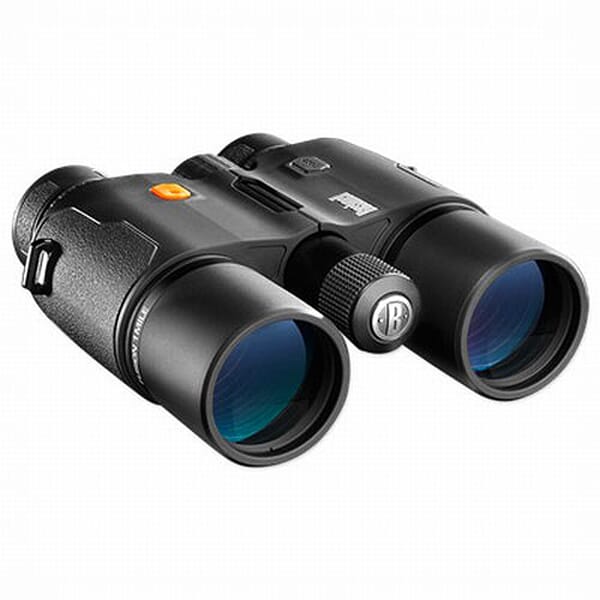Muncy, PA
+1 (570) 368-39207am–7pm ET (M–F), 9am–5pm ET (Weekend)10AM—6PM ET

BU-202310
029757202321
202310
Add all 0 items in this product bundle to your cart with one click.

The Bushnell Fusion 1 Mile 10X42 Laser Rangefinding Binocular combines the convenience of a binocular with the performance of an Angle Range Compensation (ARC) range finding device. Switch from Binocular mode to range finding mode at the touch of a button to get the distance to your target from 10 yards out to 1,600 yards.
Check out an in depth product manual for the Fusion 1 Mile Arc Rangefinding Binoculars here.
Bushnell Tactical